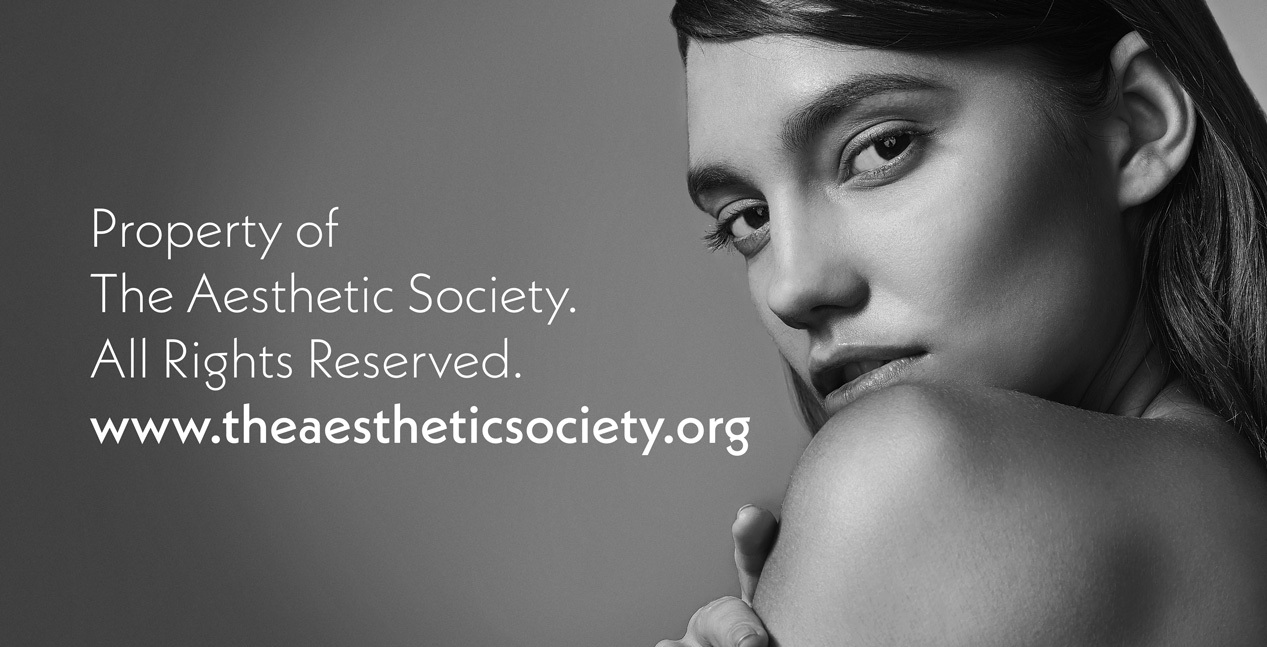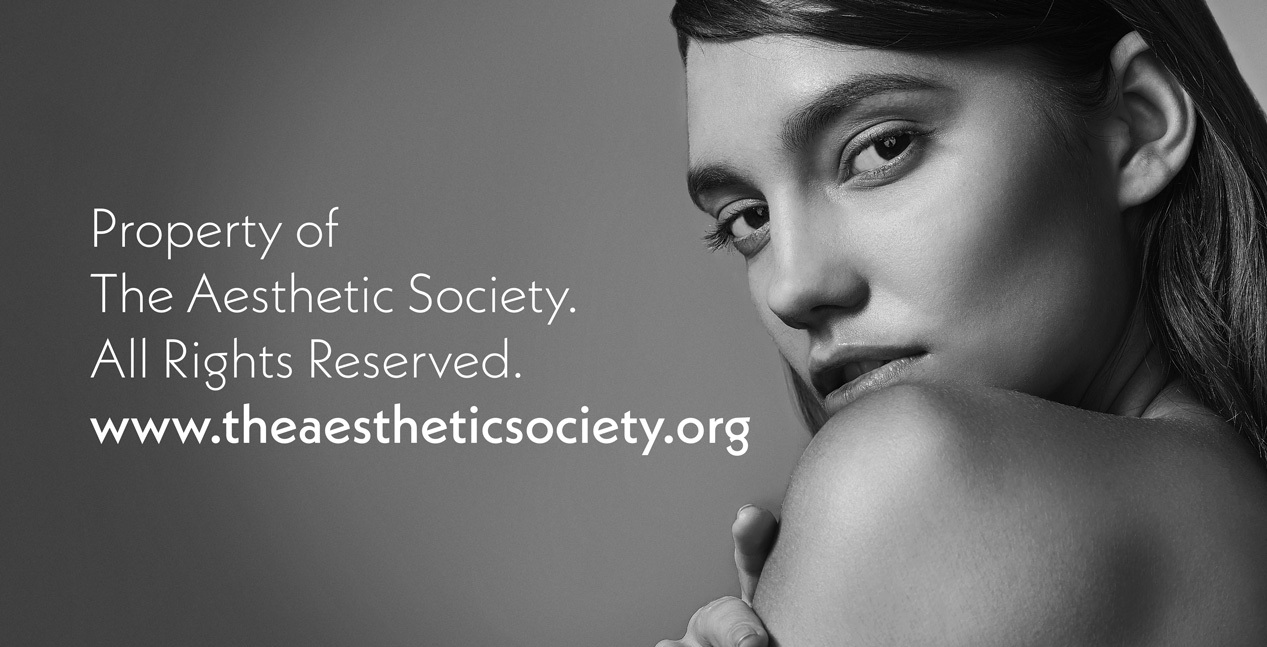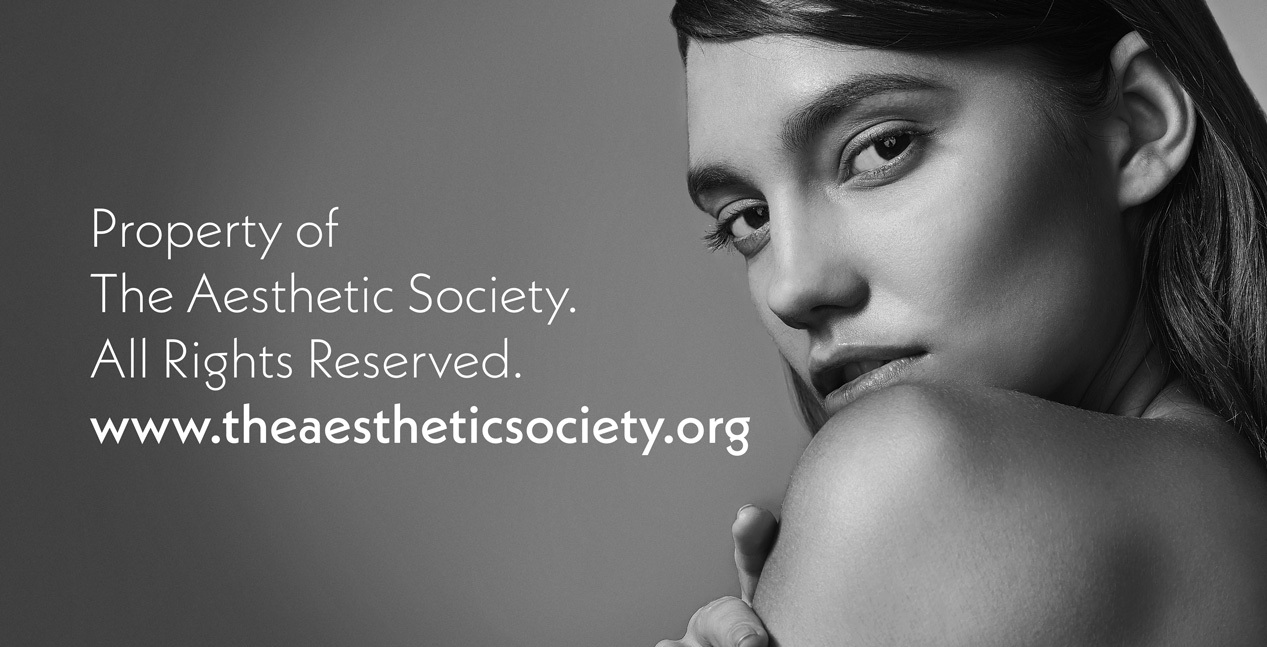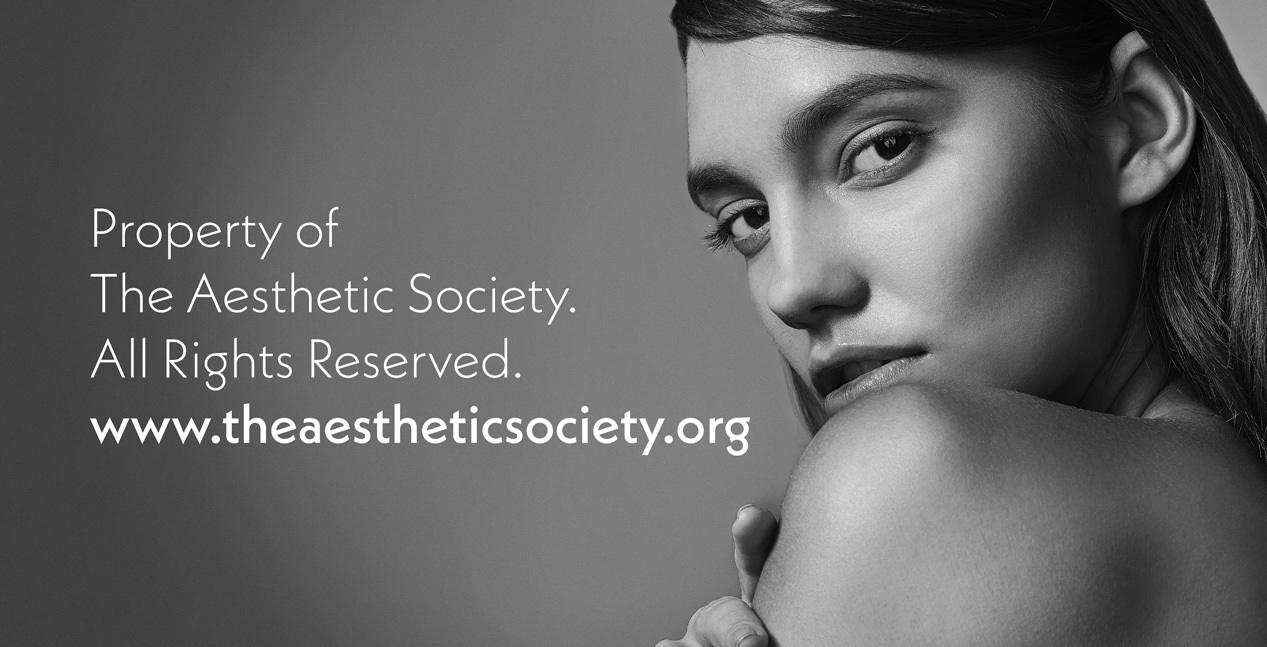Breast Lift
Also known as mastopexy and breast lift surgery
A breast lift addresses sagging and uneven breasts, decreased breast volume and drooping nipples and stretched areolas (the darker area surrounding the nipples), recreating a youthful shape and lift to your breasts. If there is too little or too much breast volume, a breast augmentation or breast reduction might be recommended in addition to a lift. Every year, thousands of women undergo successful breast-lift surgery, experience no major problems and are pleased with the results.
When to Consider a Breast Lift
- Pregnancy, nursing, gravity, weight gain or loss, normal aging, and heredity have taken a toll on the shape of your breasts, resulting in sagging or excess skin
- If your surgeon thinks that breast implants alone are unlikely to achieve the contour you desire
- If the tissue surrounding the nipple or areola has become stretched
Considerations
Pros
- You will have improved breast shape, projection, and symmetry
- Your breasts will have a more youthful appearance.
- You will look better in and out of clothes and feel more self-confident.
Cons
- The effects of a breast lift might slowly diminish over time because of gravity and aging.
- A breast lift leaves scars that will be hidden in a bra or swimsuit.
- Subsequent pregnancy may compromise your surgical results.
These are the three top pros and cons to weigh when considering a breast lift. If you wish to focus on what is unique to you, please consult with your aesthetic plastic surgeon.
Are you a good candidate for a breast lift?
If you’ve become increasingly unhappy about the sagging of your breasts, you may wonder what mastopexy surgery can do. Don’t be surprised if your surgeon suggests combining breast augmentation or breast reduction with your lift; adjunct procedures may be necessary to achieve your goals.
The following are some common reasons why you may want to consider a breast lift:
- Breasts that are pendulous but adequate in size.
- Breasts that lack substance or firmness.
- Nipples and areolas that point downward, especially if they are positioned below the breast crease.
- Breasts that appear different from each other; one breast may appear firm and well positioned while the other does not.
- Breasts that are not equal in size.
- Breasts that are relatively small.
- Breasts that are large and heavy can be lifted, but the results may not be as long-lasting as a breast lift performed on smaller breasts; the weight of larger breasts works against surgical changes.
- You are finished with childbearing and breast-feeding. If you plan to have children, you may want to postpone cosmetic breast surgery. Pregnancy may stretch the breasts and reduce their volume, compromising surgery benefits.
If you are in good general health, have a positive attitude and realistic expectations, you are most likely a good candidate for this procedure.

A breast lift can help elevate or reposition loose, sagging breasts, while also improving shape, fullness and your confidence.
Detailed Procedural Info
How is a breast lift procedure performed?
A mastopexy is performed under general anesthesia or intravenous sedation in a hospital, free standing surgical center or surgeon’s office equipped with a surgical suite. Different techniques for removing breast skin and reshaping the breast determine the location of the incisions and resulting scars. Your surgeon will select a technique based on your breast size and shape, areola size and position, degree of breast sagging, skin quality and elasticity and how much extra skin you have.
- Your plastic surgeon will remove excess breast skin and shift the nipple and areola to a higher position.
- If your areola has become stretched, it can now be reduced in size.
- Skin that was formerly located above the areola is brought down and together, beneath the breast, to reshape the breast.
- Your surgeon will remove excess skin and close your incisions, tightening the skin, sewing the breast back together and placing sutures deep in the breast tissue to support the new breast position for a longer period of time.
- Scars are usually hidden under the breasts, although some light scarring may be seen on top of the breast.
- The nipples and areolas remain attached to underlying mounds of tissue, and this usually allows for the preservation of sensation and the ability to breastfeed.
- In some patients, it may be possible to avoid the horizontal incision beneath the breast as well as the vertical incision that runs from the bottom edge of the areola to the breast crease. If you are a good candidate for a modified technique, your plastic surgeon will discuss this with you.
What are my options?
Here is a description of the different incision patterns and techniques that your plastic surgeon will choose from:
- The “anchor” incision, made around the perimeter of the areola, vertically down from the areola to the breast crease and horizontally along the breast crease, produces the most scarring. It is for women with a severe degree of sagging who will not be helped sufficiently by less invasive techniques. This incision, which is the oldest technique, is often used for a breast lift in conjunction with a breast reduction.
- The “lollipop” lift, also known as a “keyhole” incision, made around the perimeter of the areola and vertically down from the areola to the breast crease, is suitable for women with a moderate degree of sagging who will not be helped sufficiently by the periareolar technique and who do not want breast implants.
- The “donut” lift, also known as the “periareolar incision,” made around the perimeter of the areola only, is suitable for women with a mild-to-moderate degree of sagging. When used by a skilled surgeon in conjunction with the placement of implants, it can produce a satisfactory result for patients with more pronounced sagging.
- The “crescent” lift, which is less commonly used, is an incision that lies just along the upper half of the areola. A crescent-shaped piece of skin is removed above that line, and the surrounding skin is reattached to the areola. This type of lift is usually done in conjunction with breast augmentation in women with minor sagging. It cannot accomplish the same degree of lifting as the other incision techniques.
- The “scarless” lift. For a select few women concerned more about volume loss than actual sagging, there are procedures to lift the appearance of the breast that are touted as scarless.

Incisions follow your breasts’ natural contour defining the area of excision and the new location for the nipple.
Mastopexy procedures can be combined with breast implants, Thermage, Smart Lipo and/or Quill Threads to lift the breasts with minimal scarring. However, they all require incisions of some sort, no matter how small or well-hidden. These procedures are suitable for patients with very little sagging; they will not accomplish the same amount of lifting as techniques that use larger incisions.
What will my breast lift incisions and scars be like?
These vary according to the type of incision your aesthetic surgeon suggests for you. Your surgeon can conceal some incision lines in natural breast contours, but others will be visible on the breast surface.
A common method of lifting the breasts involves three incisions:
- Around the aureolas
- Extending downward from the areolas to the breast creases
- Horizontally along the breast creases
Although incision lines are permanent, in most cases they will fade and significantly improve over time. Aesthetic plastic surgeons make every effort to place scars in hidden areas and minimize them, with the goal of achieving the desired results with the shortest possible scar. Special tissue handling and suture techniques further minimize scars. To get a better notion of breast lift incisions, read “What are my options for breast lift?”
After finding a board-certified plastic surgeon in your area who is experienced in performing breast lift surgery, you will need to make an office appointment to set up your consultation. Generally, because of the in-depth nature of the consultation, there is a cost associated with the initial visit.
Your initial consultation appointment
During your initial consultation, you will have the opportunity to discuss what you want to achieve. Your surgeon will evaluate you as a breast lift candidate and clarify what procedures may benefit you most. It is important to be completely honest during the consultation (see related procedures).
Your plastic surgeon will examine, measure and photograph your breasts for your medical record. Your surgeon will consider:
- The current size and shape of your breasts.
- The breast size and shape that you desire.
- The quality and quantity of your breast tissue.
- The quality of your skin.
- The placement of your nipples and areolas.
If you feel your breasts are too large or too small, your aesthetic plastic surgeon may recommend a breast reduction or augmentation instead of mastopexy.
You should come to the consultation prepared to discuss your complete medical history. This will include information about:
- Previous surgeries, including breast biopsies.
- Past and Present medical conditions.
- Allergies and current medications.
- Medical treatments you have received.
- Family history of breast cancer.
- Current mammogram results.
If you are planning to lose a significant amount of weight, be sure to tell your plastic surgeon. The surgeon may recommend that you stabilize your weight before undergoing surgery.
If you think that you may want to become pregnant in the future, discuss this with your surgeon. Pregnancy can alter breast size in an unpredictable way and could affect the long-term results of your breast lift.
Your treatment plan
Based on your goals, physical characteristics and the surgeon’s training and experience, your surgeon will share recommendations and information with you, including:
- An approach to your surgery, including the type of procedure or combination of procedures.
- The outcomes that you can anticipate.
- Your financial investment for the procedure.
- Associated risks and complications.
- Options for anesthesia and surgery location.
- What you need to do to prepare for mastopexy surgery.
- What you can expect to experience after surgery.
- Show before-and-after photos of cases similar to yours and answer any questions.
Questions to ask your aesthetic plastic surgeon
It is important for you to take an active role in your surgery, so please use this list of questions as a starting point for your initial consultation.
- Am I a good candidate for a breast lift?
- Are the results I am seeking reasonable and realistic?
- Do you have before-and-after photos I can look at for the procedure I am undergoing?
- Will my scars be visible? Where will my scars be located?
- What kind of anesthesia do you recommend for me?
- How much will a breast lift cost?
- What will you expect of me to get the best results?
- What kind of recovery period can I expect and when can I resume normal activities?
- What are the risks and complications associated with my procedure?
- How are complications handled?
- What are my options if the outcome of my surgery does not meet the goals we agreed on?
Preparing for Your Procedure
How do I prepare for a breast lift procedure?
Your surgeon will provide thorough preoperative instructions, answer any questions you may have, take a detailed medical history and perform a physical exam to determine your fitness for mastopexy surgery.
If he or she recommends weight benchmarks or lifestyle changes, do your best to achieve them to ensure the best results and minimize the chance of complications.
In advance of your procedure, your surgeon will ask you to:
- Stop smoking at least six weeks before undergoing surgery to promote better healing.
- Avoid taking aspirin, certain anti-inflammatory drugs and some herbal medications that can cause increased bleeding.
- Regardless of the type of surgery to be performed, hydration is very important before and after surgery for safe recovery.
- Keep alcohol consumption at less than two to three drinks per week.
- Before surgery, stock your refrigerator with high-protein, low-sodium foods, including premade meals, fresh fruits and vegetables and lots of caffeine-free beverages and water. Avoid food and drink containing salt during your recovery.
- As you heal, your arms will have a limited range of motion, so store all the supplies you’ll need during recovery where they’re easily accessible (counter level, not in overhead or very low cabinets).
- Stockpile movies or prerecorded programs, and novels and magazines. If possible, have a speakerphone by your bed and a remote control for the TV.
- Establish a no-fail support system for the full recovery period indicated by your surgeon. This is most critical to your recovery. If you have children less than five years of age, you must have someone to take care of them for a week. You must not lift, drive or do laundry and cleaning for the first two weeks.
- Rest and sleep on your back continuously in an inclined position (25-to 45-degree angle) for the initial postoperative days or while significant swelling remains. You can achieve elevation with wedge pillows with an incline design or by sleeping in a recliner chair.
- Avoid hot showers, hot tubs and saunas for two to three weeks.
- Decide what you will wear for the first few days; pick items that open in front. Wear slip-on shoes so you don’t have to bend.
Breast lifts are usually performed on an outpatient basis. Be sure to arrange for someone to drive you home after surgery and to stay with you at least the first night following surgery.
What can I expect on the day of my procedure?
Your breast lift surgery may be performed in an accredited hospital, free-standing ambulatory facility or office-based surgical suite. Your surgeon will give you an estimate of how long your mastopexy surgery will last based on the details of your surgical plan.
- Medications are administered for your comfort during the surgical procedure.
- General anesthesia is commonly used during your breast lift procedure, although local anesthesia or intravenous sedation may be desirable in some instances.
- For your safety during the surgery, various monitors will be used to check your heart, blood pressure, pulse and the amount of oxygen circulating in your blood.
- Your surgeon will follow the surgical plan discussed with you before surgery.
- Once the operation has begun, the surgeon may decide to combine various techniques or change a technique to ensure the best result. It is important that you feel comfortable and trust your doctor to make these decisions.
- Following the surgery a bulky gauze dressing (bandage) will be wrapped around your breasts and chest or you might wear a surgical bra. Drainage tubes may be attached to your breasts.
- You will be taken into a recovery area where you will continue to be closely monitored.
- Before leaving for home, you (or someone looking after you) should feel capable of emptying and resetting the drains.
You will probably be permitted to go home after a short observation period unless you and your plastic surgeon have made other plans for your immediate post-operative breast lift recovery.
Aftercare and Recovery
Your surgeon will discuss how long it will be before you can return to your normal level of activity and work. After surgery, you and your caregiver will receive detailed instructions about your post-surgical care, including information about:
- Drains, if they have been placed
- Normal symptoms you will experience
- Potential signs of complications
Immediately after your breast lift
Generally, you can expect to be bandaged, wearing compression garments and you may have some surgical drains.
When the anesthesia wears off, you may have some pain. If the pain is extreme or long-lasting, contact your physician. You will also have some redness and swelling after the surgery.
Contact your surgeon to find out if your pain, redness, and swelling are normal or are signs of a problem.
Other common recovery side effects of mastopexy include bruising, numbness, or changes in nipple sensitivity, itching around incision sites and increased firmness or fullness in the breast tissue. These side effects should subside over the next few weeks, with some residual effects lasting up to three months following the surgery.
Recovery time frame after breast lift surgery
It is vitally important that you follow all patient care instructions provided by your surgeon. This will include information about wearing compression garments, care of your drains, taking an antibiotic if prescribed and the level and type of activity that is safe. Your surgeon will also provide detailed instructions about the normal symptoms you will experience and any potential signs of complications. It is important to realize that the amount of time it takes for recovery varies greatly among individuals.
The first week
- The day after surgery, you will be encouraged to get out of bed for short periods of time.
- After several days, you should be able to move about more comfortably.
- Avoid straining, bending and lifting since these activities might cause increased swelling or even bleeding.
- You will probably be instructed to sleep on your back to avoid pressure on your breasts.
- Any surgical drains will be removed within a few days of surgery, at which time your dressings may also be changed or removed.
- For two to five days, your chest region may feel stiff and sore.
Two weeks to six weeks
- After breast lift surgery it is often possible to return to work within a week or so, depending on your job.
- You should avoid excessive physical activity for at least the first two weeks following surgery. After that, be extremely gentle with your breasts for at least the next month.
- Avoid sexual activity for a minimum of one or two weeks, but your plastic surgeon may advise you to wait longer. After that, take care to be extremely gentle with your breasts for at least the next couple of weeks.
- You may be instructed to wear a support bra for a few weeks, until the swelling and discoloration of your breasts diminish.
- Generally, stitches will be removed in stages over a period of approximately three weeks, beginning about one week after surgery.
- You may notice that you feel less sensation in the nipple and areola areas. This is usually temporary; however, it may take weeks, months or even more than a year before sensation returns to normal.
- Your breasts may require some time to assume a more natural shape.
- Incisions will initially be red or pink. They will remain this way for many months following surgery.
- In many instances, you can resume most of your normal activities, including some form of mild exercise, after several weeks.
- You may continue to experience some mild, periodic discomfort during this time, but such feelings are normal. If you have severe pain, report it to your doctor.
How Long Will the Results Last?
If a breast lift is performed properly, your breasts should not return to their pre-operative droop for decades, assuming you don’t have significant weight fluctuations or go through pregnancy. Some settling may occur, but the new nipple position should remain intact. Ask your surgeon about the technique that will be used. Typically, aesthetic surgeons do not rely on a simple skin lift; they sculpt the entire breast tissue, creating a longer-lasting lift.

A

B
- A breast lift elevates and reshapes loose, sagging breast.
- After mastopexy surgery, your breasts will be positioned higher and feel firmer.
Maintain a relationship with your aesthetic plastic surgeon
For safety, as well as the most beautiful and healthy outcome, it’s important to return to your plastic surgeon’s office for follow-up evaluation at prescribed times and whenever you notice any changes. Do not hesitate to contact your surgeon when you have any questions or concerns.
Associated Costs
The cost of a breast lift varies from doctor to doctor and from one geographic area to another.
These numbers only reflect the physician/surgeon fees last year and do not include fees for the surgical facility, anesthesia, medical tests, prescriptions, surgical garments or other miscellaneous costs related to breast reduction.
Because a breast lift is an elective cosmetic surgery, insurance does not cover these costs. Many surgeons offer patient financing plans to make the procedure more affordable.
Choose your surgeon based on quality, training and experience—not cost.
See why ASAPS members are widely recognized for upholding the highest standards in the area of aesthetic plastic surgery by viewing their basic credentials, training and certifications.
Limitations and Risks
Fortunately, significant complications from breast lift are infrequent. Your specific risks for breast lift will be discussed during your consultation.
All surgical procedures have some degree of risk. Some of the potential complications of all cosmetic surgeries are:
- Adverse reaction to anesthesia
- Hematoma or seroma (an accumulation of blood or fluid under the skin that may require removal)
- Infection and bleeding
- Changes in sensation
- Scarring
- Allergic reactions
- Damage to underlying structures
- Unsatisfactory results that may necessitate additional procedures
You can help minimize certain risks by following the advice and instructions of your board-certified plastic surgeon, both before and after your breast lift.
Recently Asked Questions
How do I fix puffy areolas?
Im almost 20 years old with areolas almost as big as my full breast. They go more than half way up and are puffy so it looks like a mound on top of…
Your concerns can be improved. A nipple areolar reduction will help to correct the puffiness and large size you describe. If you have tubular…
Breast lift and correction of inverted nipple at the same time?
Can I do breast lift and correction of inverted nipple at the same time?
Absolutely but the technique to evert your nipple could compromise the nipple if the blood supply is iffy after the lift portion of the procedure…
Can a breast lift be performed without moving the nipple?
Hello…
In rare cases, it can be done. But, only cases in which your nipple is already in a good position. Your nipple has to be about 4-6 cm above your…
Does areola skin color grow back?
I had a breast augmentation and lift 10 weeks ago, had the stitches out and healed fine. I’ve been wearing nipple pasties with summer dresses but…
In the situation you describe, the color will probably return over several months time. Superficial skin injury usually means pigment returns with…

